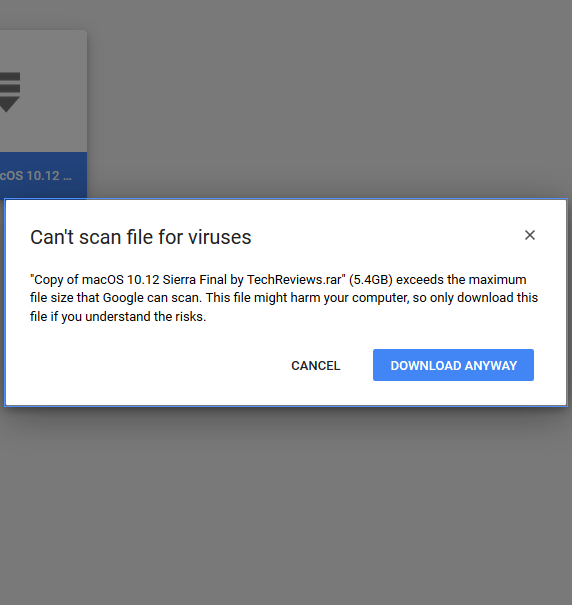
CVE- 2017-0075 Hyper-V Remote Code Execution Vulnerability. CVE-2017-5715, 2017-5753, 2017-5754: The Spectre and Meltdown hardware vulnerabilities, a cache side-channel attack on CPU level (Rogue Data Cache Load (RDCL)), allow a rogue process to read all memory of a computer, even outside the memory assigned to a virtual machine. CVE- 2016-7092 Xen Hypervisor: Disallow 元 recursive pagetable for 32-bit PV guests. The bits considered safe were too broad, and not actually safe. CVE- 2016-6258 Xen Hypervisor: The PV pagetable code has fast-paths for making updates to pre-existing pagetable entries, to skip expensive re-validation in safe cases (e.g. 
CVE- 2015-7835 Xen Hypervisor: Uncontrolled creation of large page mappings by PV guests.CVE- 2015-7504 QEMU-KVM: Heap overflow in pcnet_receive function.CVE- 2015-3456 VENOM: buffer-overflow in QEMU's virtual floppy disk controller.CVE- 2014-0983 Oracle VirtualBox 3D acceleration multiple memory corruption.CVE- 2012-0217 The x86-64 kernel system-call functionality in Xen 4.1.2 and earlier.CVE- 2011-1751 QEMU-KVM: PIIX4 emulation does not check if a device is hotpluggable before unplugging.

CVE- 2009-1244 Cloudburst: VM display function in VMware. CVE- 2008-1943 Xen Para Virtualized Frame Buffer backend buffer overflow. CVE- 2008-0923 Directory traversal vulnerability in shared folders feature for VMware. CVE- 2007-1744 Directory traversal vulnerability in shared folders feature for VMware. CVE- 2007-4993 Xen pygrub: Command injection in nf file.






 0 kommentar(er)
0 kommentar(er)
